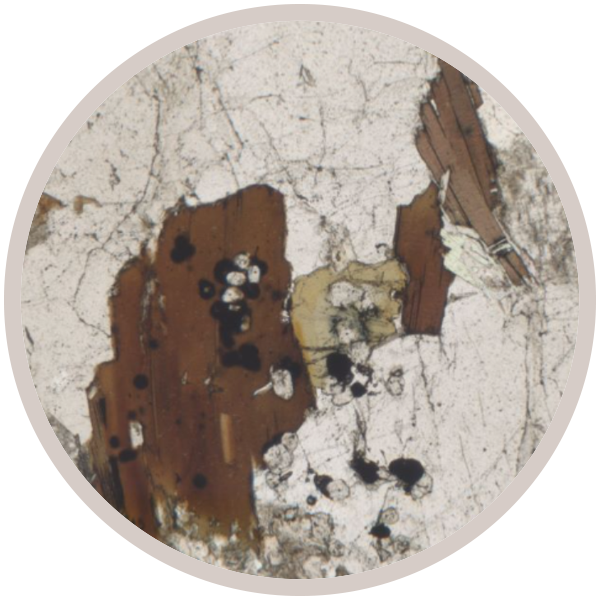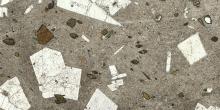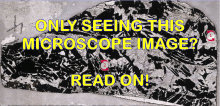Showcasing the geology of National Nature Reserves
Very few National Nature Reserves (NNRs) are designated primarily for their geology – but many contain interesting and unusual geological features or strata. The unique wildlife and landscapes of many NNRs are only there because of the rocks beneath: framing landforms, seasoning soil and dictating drainage. A new, NERC-funded project, From Macro to Micro, is trialling a novel approach to foster engagement of youth groups with the geological heritage of their local NNRs.
From Silurian sea to industrial heartland
Saltwells
This Collection showcases the geodiversity of a classic geological site: the Saltwells National Nature Reserve in the West Midlands.
As well as displaying thin section and hand specimen views along with information setting them in the context of their landscapes, we also include perspectives and creative responses to the geological heritage of the sites from the local community.
Discover the geodiversity on your doorstep
National Nature Reserves
The UK National Nature Reserves Collection presents thin sections and hand specimens from classic geological sites, set in the context of their landscape and local communities.
Home of the Dudley Bug and much, much more!
Wren's Nest
This Collection showcases the geodiversity of a classic geological site: the Wren's Nest National Nature Reserve in the West Midlands.
As well as displaying thin section and hand specimen views along with information setting them in the context of their landscapes, we also include perspectives and creative responses to the geological heritage of the sites from the local community.
Problems accessing microscope images?
Update 30 October 2023:
The error detailed below was fixed last week and the images should all be accessible.
If you find the error persists, you may need to clear your browser's cache (for example, via the browser's History). Some browsers will cache the 'broken' content and then simply reproduce the error when those pages are revisited. Just reloading the page (F5) may not work but clearing the cache generally does.
Original message 19 October 2023
10026 (17) Regolith breccia
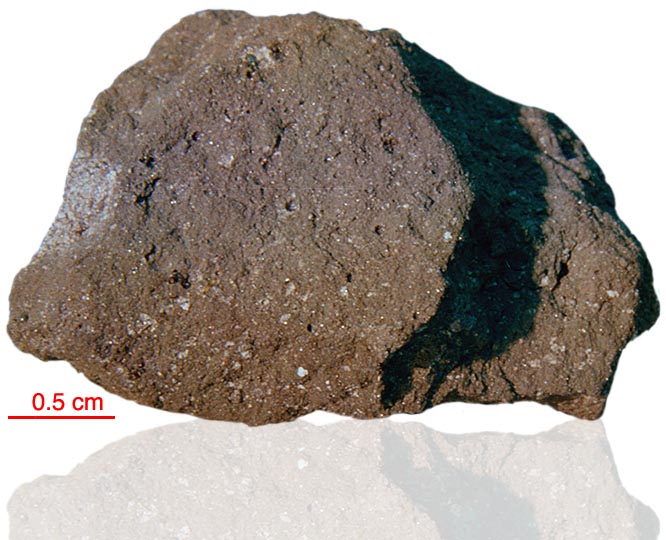
Fact sheet
|
10026 was collected as part of the contingency sample from the area immediately in front of the Lunar Module. It is similar to samples 10023-10025 from the same collection area, as well as to other Apollo 11 regolith breccias. Our thin section is laden with basaltic clasts and less common anorthositic clasts (rotation 2). At least two generations of orange glass are found in the sample, one including a relatively large, perfectly spherical glass bead (rotation 1). |
66075 (64) Ancient Regolith Breccia
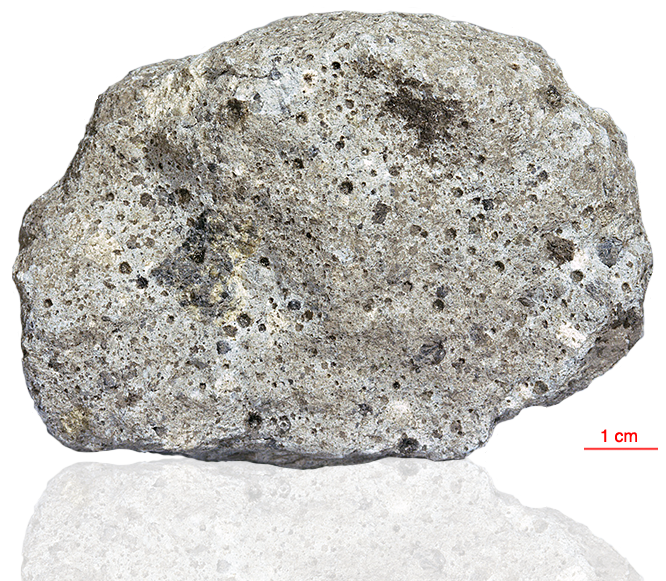
Fact sheet
66075 is one of many coherent, light matrix breccias from Apollo 16 and has about equal amounts of both dark and light aphanitic clasts. The groundmass is coherent, porous (20%), unsorted and seriate and made of angular fragments of plagioclase and other minerals along with lithic and glass fragments. Plagioclase and devitrified maskelynite constitute the majority of the groundmass, followed in abundance by aphanitic material and glass. At least some of the glass is agglutinate. It is a highland regolith breccia. Clasts include anorthosite, gabbroic anorthosite, noritic anorthosite, basalt and troctolite.
The sample weighed 347 grams before analysis. Clasts have been dated at 3.83 to 4.08 billion years (Ar/Ar).
Further details of this and other Apollo samples are here: http://curator.jsc.nasa.gov/lunar/
S309 U 12
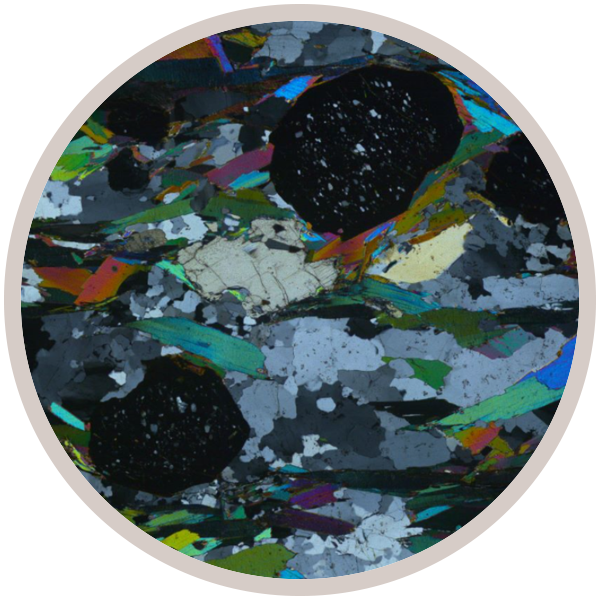
CORN011B
